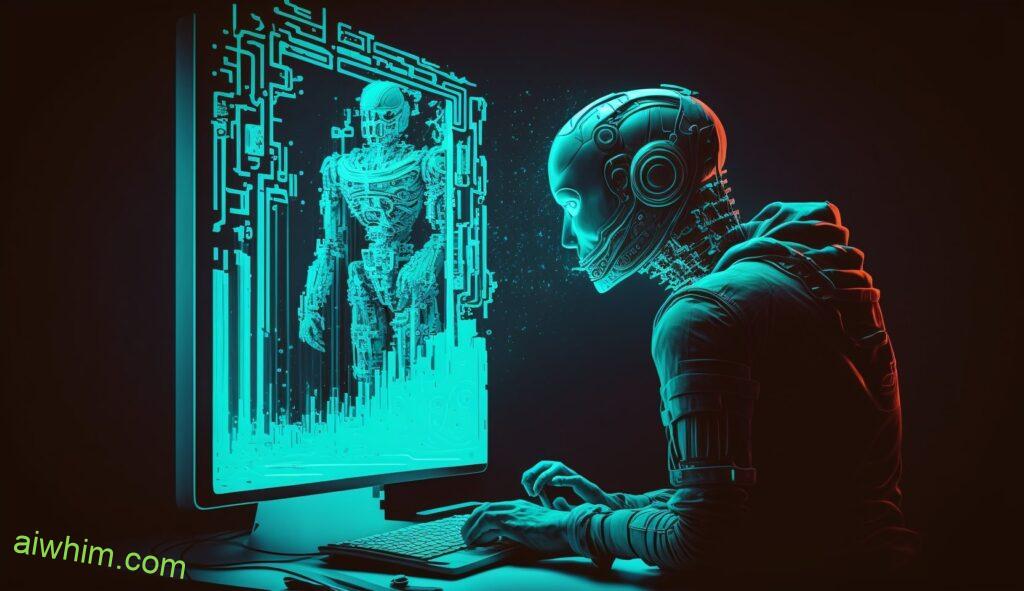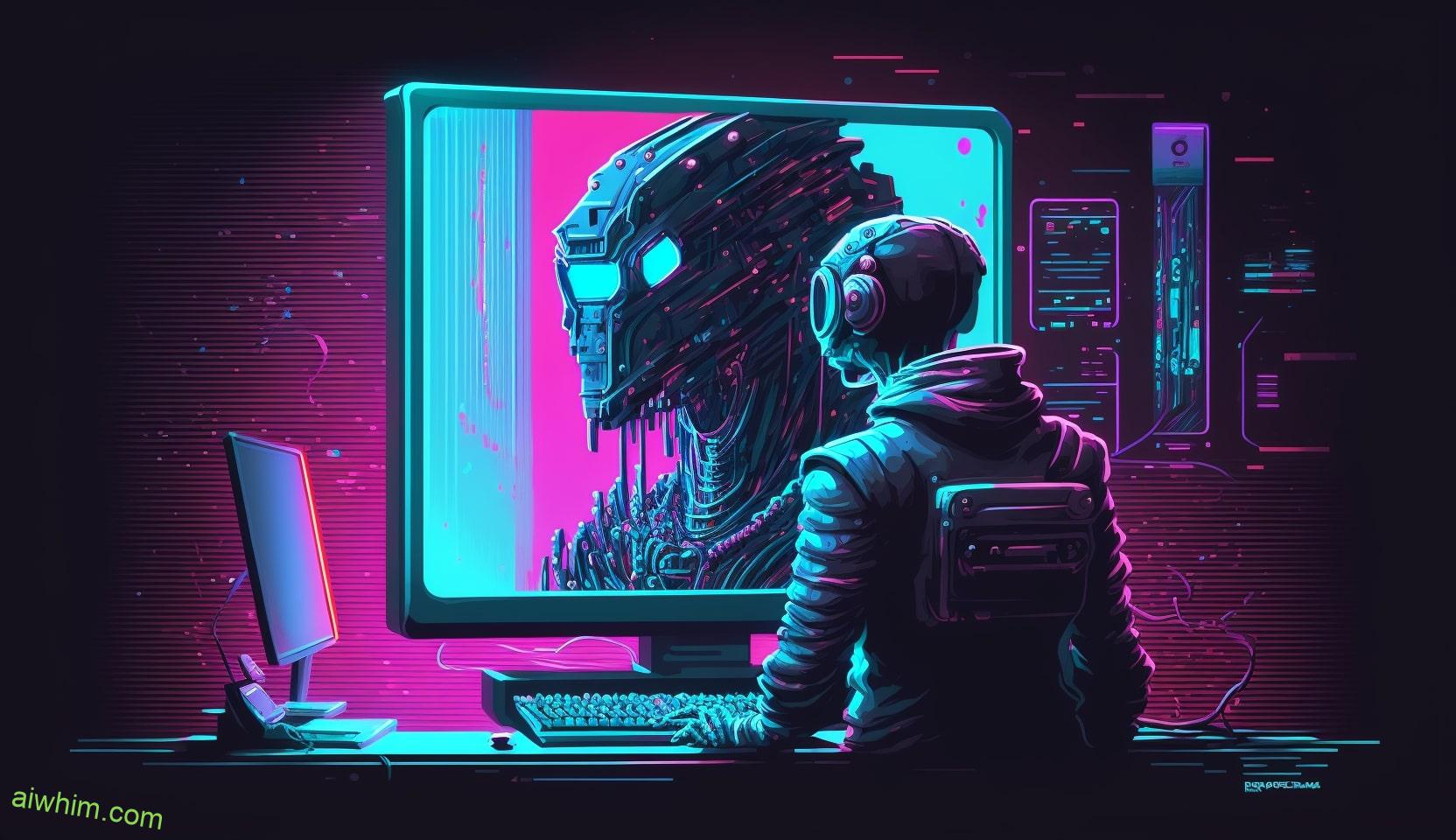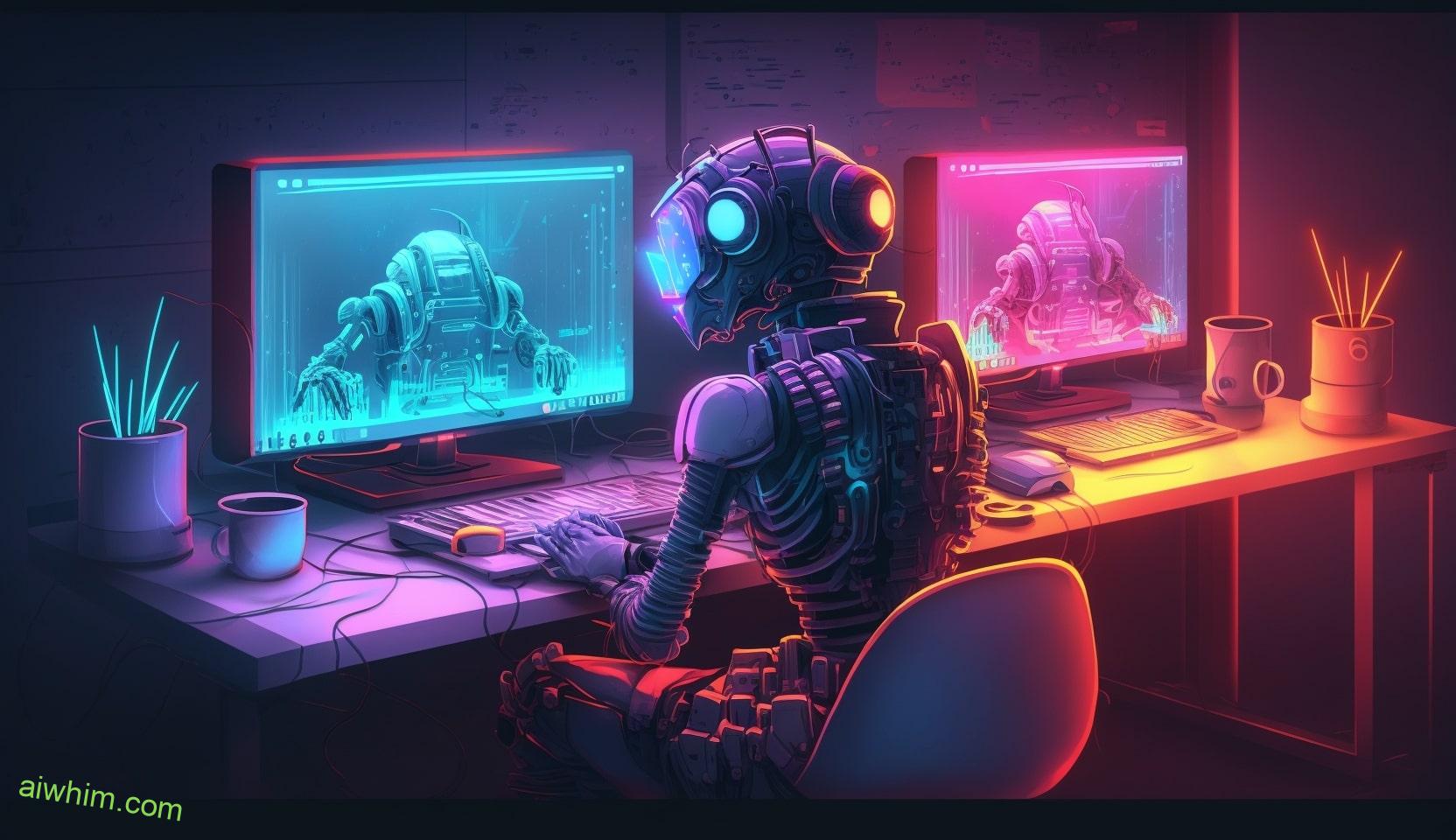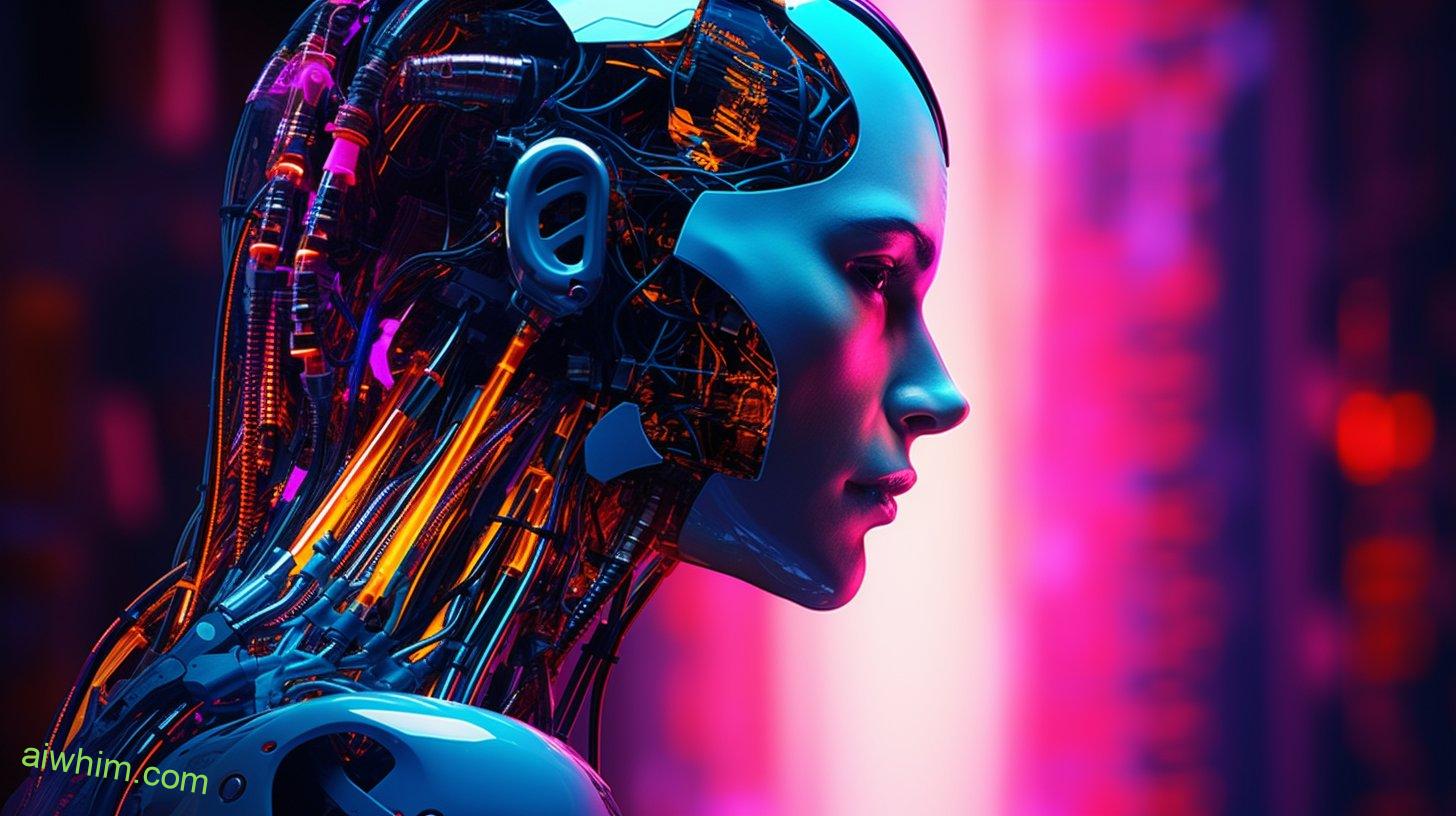Are you a photographer worried about the impact of Artificial Intelligence (AI) replacing your job? AI has become increasingly popular in many industries, and it’s no surprise that photography is also at risk. But don’t worry – this article will explain why photographers need not fear AI completely taking over their jobs. We’ll explore how AI can actually work with photographers to enhance their skills and help them create even more stunning images.
So if you’re looking for ways to stay ahead of the curve in an ever-evolving industry, read on! In this article, we’ll discuss what AI brings to the table as well as the different roles it could potentially fill within the world of photography. By understanding both sides of this equation, we hope to provide insight into how you can use these new technologies to grow your career and make sure you remain relevant in a rapidly changing world.
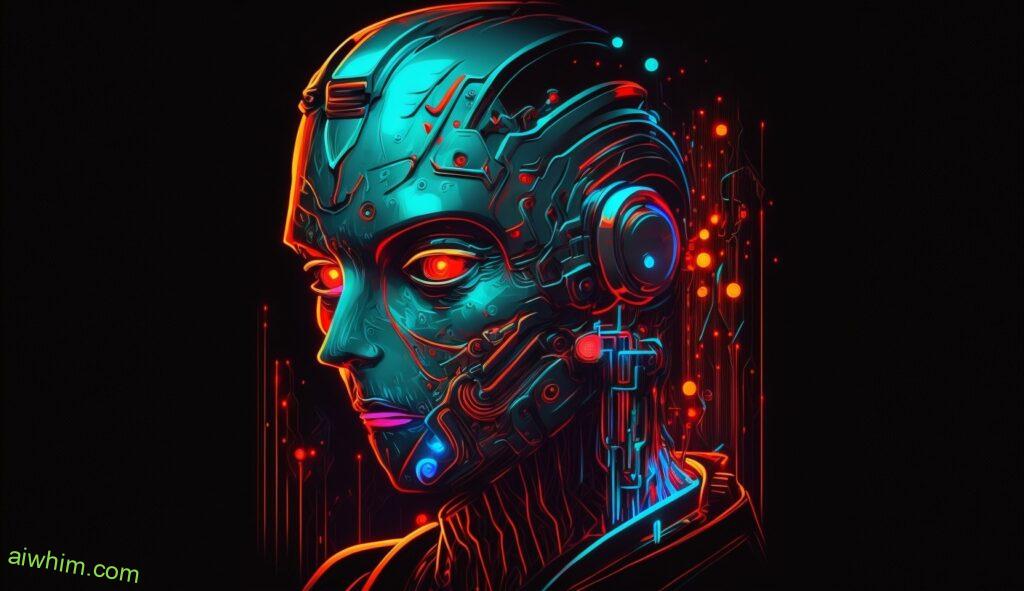
But before we dive in, get a head start by checking out our study on whether photographers rank among the top 100 occupations most susceptible to AI takeover.
Definition Of Photography
Photography is an art form that involves capturing images and telling visual stories. It’s a powerful tool for communicating feelings, ideas, and concepts through the lens of a camera. With photography, one can document events as they happen in real time or create a narrative to tell stories about people and places. By manipulating light, composition, and color, photographers have the ability to capture moments in time that will never be replicated again.
From landscapes to portraits, documentary-style shots to abstract compositions; no matter what style you choose, photography allows us to explore our world with creativity and imagination. Whether it’s sharing personal memories or highlighting social issues around the globe – photographs can make a lasting impression on viewers. As technology advances, so do the possibilities of how we use this unique medium to express ourselves.

Also, we encourage you to read this article that examines how AI is changing video-editing careers. (Click here to read.)
Understanding The Role Of AI In Photography
As technology advances, so does the use of artificial intelligence (AI) in photography. AI applications are being developed to automate some aspects of photography and help photographers produce better results more efficiently. This begs the question: is your job as a photographer at risk of being replaced by AI? To answer this query, it’s important to understand the implications of machine photographers on traditional photographic practices.
The automation of certain processes through AI can be beneficial for photographers who may not have time or resources to complete their projects manually. Tasks such as image categorization and facial recognition can be done faster with AI algorithms than by hand. Additionally, AI-powered tools can assist in tasks like color correction and object identification, freeing up time for creative endeavors. That said, there are drawbacks when relying solely on machines; they lack the same level of creativity that human photographers possess and could lead to images lacking originality.
Overall, while many aspects of photography will still require manual work from humans, AI has great potential to expand what’s possible within this field. With its range of capabilities—from presetting camera settings to creating visual effects—the right application of artificial intelligence can enhance both novice and professional photography alike. It’s clear that understanding how to utilize these new technologies is essential if you want to remain competitive in today’s digital landscape.
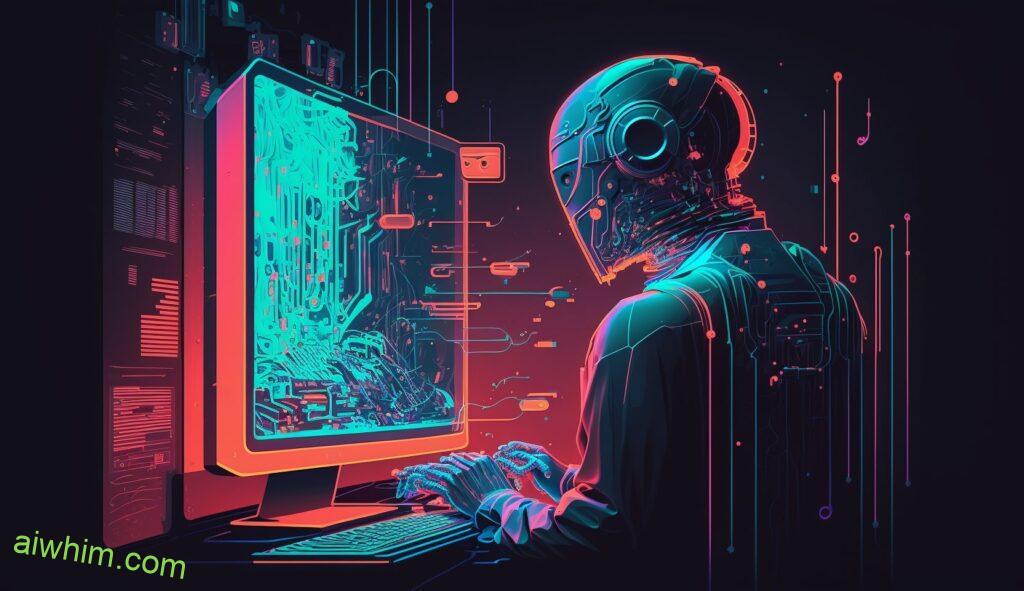
Moreover, this article provides valuable insights into how AI is influencing animators and special effects artists. (Click here to read.)
Current Applications Of AI In Photography
AI is already making a huge impact in the world of photography. AI-based technologies have revolutionized the way we capture and manipulate images, with computer vision technology allowing us to create stunning photos through automated processes. Machine learning has enabled photographers to quickly identify objects in an image, such as people or animals, while deep learning can allow for more efficient photo editing tasks. Image recognition also helps photographers find images that fit certain criteria faster than ever before.
The potential applications of AI in photography are far reaching. Automated object detection makes it easier to crop out unwanted elements from images, while machine learning predictive analytics can help determine which angles will produce the best results for different types of photographs. AI-driven algorithms can even be used to automatically adjust exposure settings based on factors like lighting conditions or subject motion. With these new capabilities comes greater freedom for photographers to explore their creativity and push boundaries without having to manually tweak every aspect of their workflows.
Photographers no longer need to worry about redundancy: AI is opening up whole new possibilities for them to pursue creative projects that would otherwise take too much time and effort by hand. As the technology continues to advance, so too do your opportunities as creators; this is undoubtedly worth celebrating!
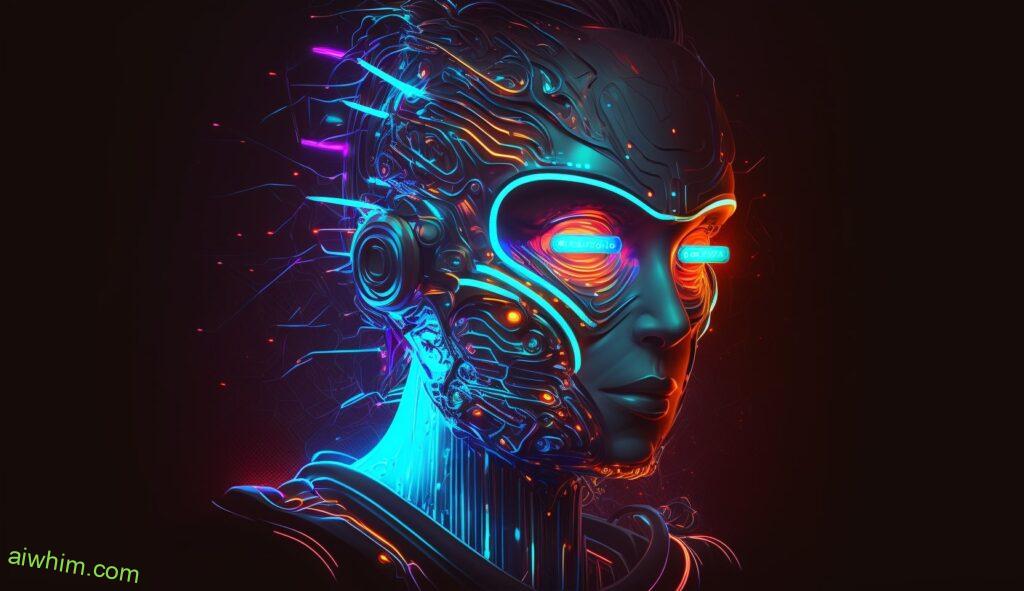
Furthermore, we recommend reading this article that delves into the ways AI is reshaping musician and singing careers. (Click here to read.)
Potential For Automation Of Photography Tasks
The potential of automation in photography tasks is becoming more and more ubiquitous. With the rise of artificial intelligence (AI) technology, it’s possible to automate many aspects of photography. AI can be used to analyze images for composition, lighting, color, and other elements that make a photograph stand out. It can also identify objects in an image or even recognize faces with stunning accuracy.
This opens up countless possibilities for photographers looking to streamline their workflow and produce consistent results every time. From automated post-processing to bots capable of scheduling photo shoots, the potential for automation within photography is huge. This could drastically reduce the amount of manual labor involved in taking photos while still delivering high quality shots in fractional timeframes compared to traditional methods.
In addition, this gives professionals the opportunity to focus on what matters most: creativity and artistry instead of tedious technical work. As AI continues to grow in sophistication, so too will its ability to automate increasingly complex photography tasks such as sorting through large collections of images quickly and accurately. All these advancements combined give us a glimpse into the future where routine photographic processes are handled automatically by machines rather than humans – freeing up valuable resources for creative endeavors without sacrificing quality or consistency .
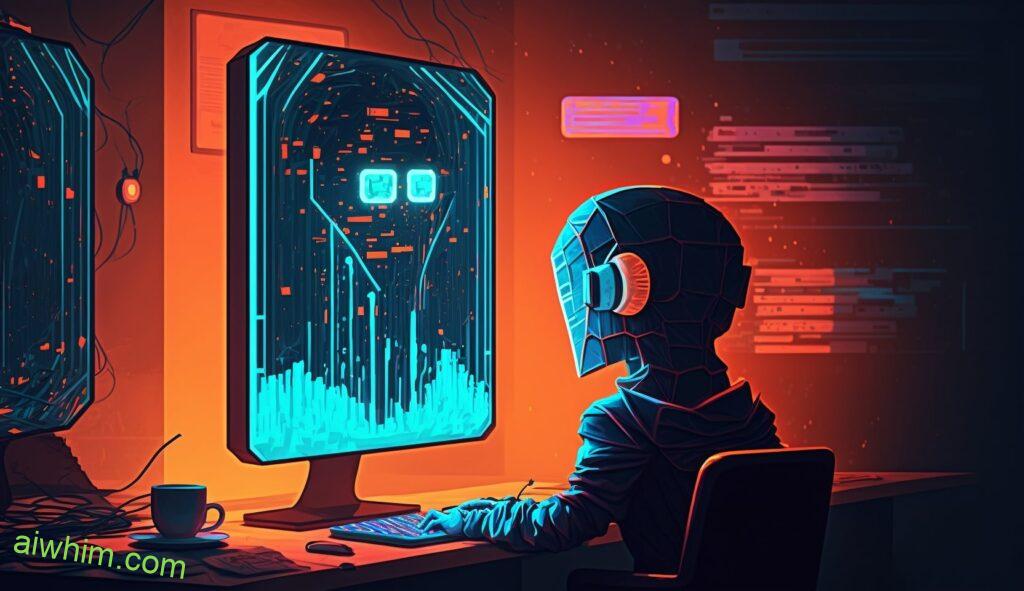
Impact On Employment Opportunities
As the age of artificial intelligence (AI) dawns, photographers have begun to feel its chill. Like a creeping fog, AI threatens to encroach on their job security and replace them with automated machines. The impact of this technology is far-reaching; it could significantly decrease employment opportunities for photographers around the globe.
The effects of automation are concerning as more and more industries adopt AI into their daily operations. Photography careers may be among those that experience decreased demand due to AI’s ability to produce quality images efficiently at low cost. This raises questions about how photography professionals will adjust in the face of such technological advances — or if they will even remain employed in the same capacity at all.
By automating certain aspects of their craft, photographers must find creative ways to stand out from the competition while making themselves indispensable in an ever-changing market. As much as this new era of AI presents potential challenges, there are also exciting possibilities for growth and reinvention within photography careers—if we embrace change instead of shying away from it.
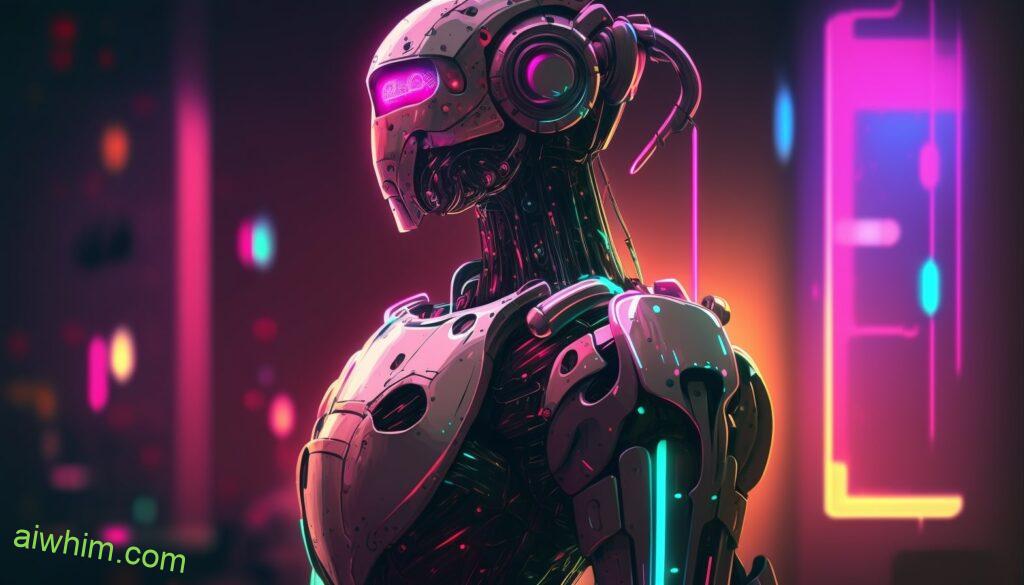
Benefits And Drawbacks Of AI-Driven Photography
AI-driven photography certainly presents a number of potential benefits and drawbacks. On the one hand, automation can provide more accurate results faster than human photographers, which could potentially lead to cost savings for companies that employ machine photographers over traditional ones. Additionally, AI is often able to recognize patterns in images more quickly than humans, making it possible to process large volumes of data with greater accuracy.
On the other hand, there are some copyright considerations when using AI-driven photography as well. For example, if an image created by AI contains elements from multiple sources without proper attribution or permission, then this may constitute infringement under existing laws. Additionally, even though machines may be able to create technically perfect photographs, they lack the artistry and personal touch of a human photographer; many people prefer photos taken by real people instead of automated cameras.
All these factors must be considered before deciding whether or not to use AI-driven photography on a project. It’s important to weigh both the advantages and disadvantages carefully so you make the best decision for your business needs.
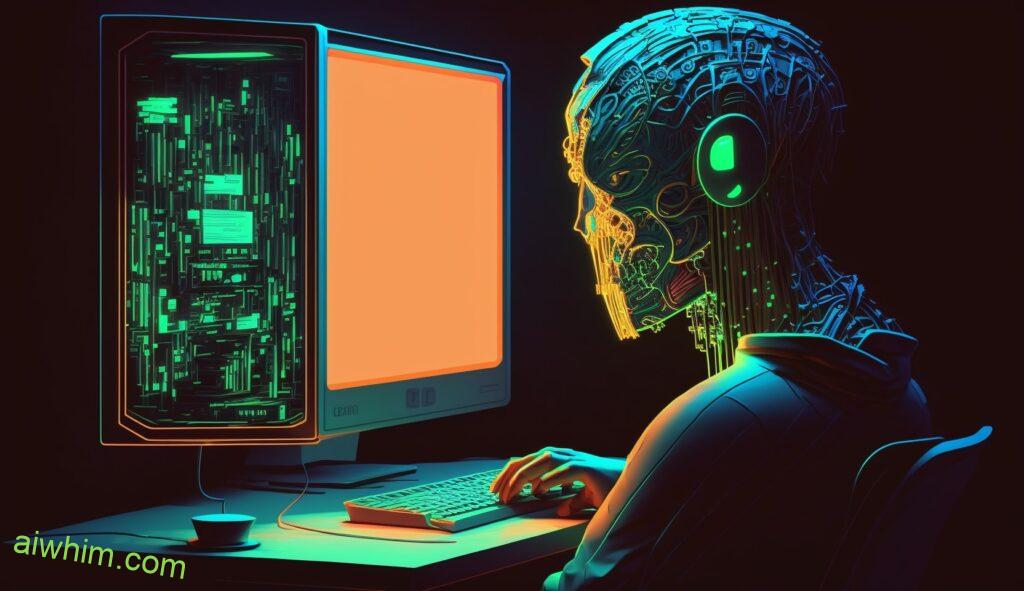
Ethical Implications Of AI-Driven Photography
The ethical implications of AI-driven photography have been a cause for concern ever since the emergence of automated photography. It raises several questions: who is responsible when an automated system produces something that could be deemed as unethical? Will photographers become obsolete in the wake of this technology? Can AI really replace human creativity and emotion with its robotic systems? These are all valid considerations to make when discussing the ethical implications of AI-driven photography.
AI-driven technologies can never fully replicate the creative vision and skill set of a professional photographer, however they have their own applications within modern media production. Automated systems are becoming increasingly sophisticated and capable of producing high quality images, especially those used in commercial purposes such as advertising or stock photos. While these outputs may not always rival those taken by experienced photographers, they do provide organizations with low cost options for creating visuals quickly and efficiently.
In light of this development, it’s important to consider both the economic effects on photographers and other professionals involved in photographic works, along with any potential ethical issues related to using automated output over handmade work. There must also be safeguards put in place to ensure that no one individual or company takes advantage of emerging technologies without considering their impact on society at large. Although AI has much to offer our world, we need to remember its limitations – only through careful consideration around ethics can we truly harness its power responsibly.

Training Required For Photographers To Adapt To AI
In the blink of an eye, artificial intelligence (AI) has completely revolutionized photography. AI’s automation capabilities and machine learning have made it possible for photographers to take stunning shots with little effort. Photographers now must move quickly if they want to stay ahead in this ever-evolving industry!
- Training: Photography training is essential for any photographer who wants to remain competitive and keep up with current trends in photography. Courses on digital cameras, photo editing tools can help hone a photographer’s skillset and allow them to create meaningful images that stand out from the crowd.
- Adaptation: To stay relevant, photographers need to adapt their techniques to incorporate new technologies like AI into their workflow. This may involve using advanced algorithms to improve image quality or even developing custom scripts that automate certain processes within the camera itself. By embracing these advances in technology, photographers will be able to remain at the cutting edge of the photographic field while continuing to produce amazing works of art.
- Automation: While AI can certainly make some tasks easier for photographers, there are still aspects of photography that require human intervention – from setting up lighting equipment correctly to capturing emotion through a lens – so having a good understanding of how machines work is key when working alongside AI automation tools. Additionally, knowing what settings are best suited for specific photos is another important skill set that should not be overlooked by photographers looking to utilize AI in their craftsmanship.
It’s clear that traditional photography methods are no longer enough for success; today’s photographers must embrace technological advancements like AI if they hope to thrive in an increasingly automated world. With the right amount of dedication and knowledge, however, anyone can learn how integrate these innovations into their own unique styles – enabling them not only survive but excel in this rapidly changing landscape!
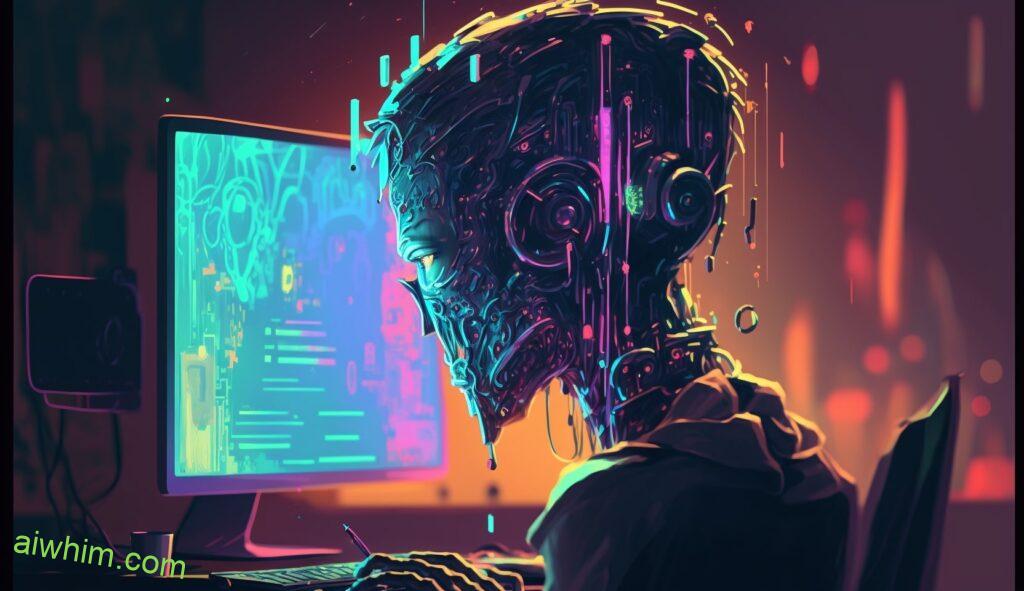
Future Trends In AI And Photography
AI-driven photography is a rapidly growing field, with machine photographers now able to mimic human photographers in a range of ways. Automation photography allows for faster and more cost efficient picture taking, which can be tailored to the consumer’s preferences. However, there are still some copyright considerations that have yet to be sorted out when it comes to AI-generated images.
It remains unclear how much of an impact AI will have on professional photographers’ jobs over time. Artificial intelligence may eventually replace certain tasks traditionally done by humans; however, many argue that it won’t completely take away the need for creative professionals like photographers. The landscape is ever-changing and only time will tell whether or not AI technology will revolutionize the world of photography as we know it. Therefore, those involved in this sector should remain aware of advancements in the industry and stay ahead of the game if they want to ensure their job security.

Creative Limitations Imposed By AI-Driven Photography
To put it bluntly, AI-driven photography poses a real threat to the profession of photographers. By automating certain aspects of the process, artificial intelligence can limit the creative freedom that many professional photographers rely on for their livelihoods.
The limitations imposed by automated photography are vast and varied. From a technical standpoint, AI limits the range of camera settings available to use in order to capture an image. This includes things like shutter speed, aperture size and ISO rating – all of which can have a significant effect on how a photograph looks when finished. In addition, some AI algorithms may also restrict access to more “advanced” features such as white balance or color correction.
More than just technical constraints, however, there are artistic restrictions imposed by relying on computer vision systems for image creation. These include:
- Restrictions on composition: AI driven cameras often make decisions about framing based on predetermined algorithms rather than allowing human creativity to determine what looks best.
- Lack of control over lighting direction: With automated systems taking care of setting up lights and adjusting exposure levels, photographers lose the ability to fine tune their images with precise light placement and intensity adjustments.
- Limited editing capabilities: While editing software gives users greater control over post-processing their photos, machine learning algorithms used by AI cameras may not provide similar functionality due to its limited understanding of aesthetics or visual artistry.
AI technology is clearly advancing at an unprecedented rate but so too should our understanding of its potential implications for professional photography if we want to ensure that artists maintain full creative control when capturing memories with their medium of choice.
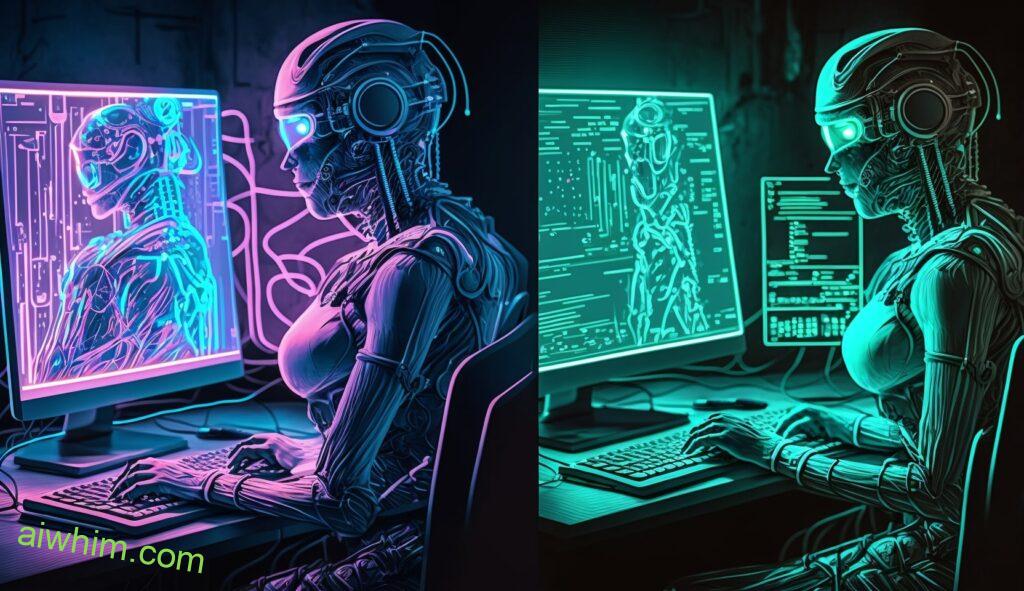
Copyright Considerations For Work Produced By AI
As the use of artificial intelligence (AI) in photography continues to grow, so too does the need for copyright considerations. The rise of AI-driven technology presents unique challenges for photographers and other visual artists as it relates to their intellectual property rights. As machine-generated images become increasingly common, copyright law is being pushed to its limits when trying to protect the works of photographers from potential infringement by AI systems.
It is essential that photographers understand their rights under copyright law with respect to AI-produced work and take measures to protect those rights if they feel that their creative output has been copied or adapted without permission. This could include registering any original works with a copyright office and seeking legal advice on how best to enforce one’s copyright against unauthorised reproductions. Ultimately, this will help ensure that photographers are compensated fairly for their work while continuing to create innovative visuals powered by machine learning algorithms.
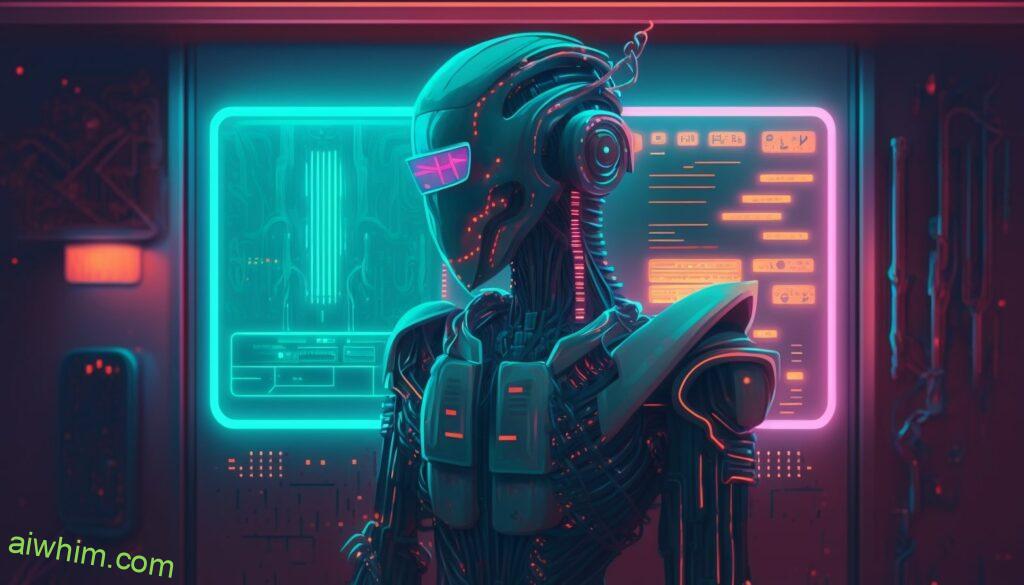
Consumer Preferences For Human Vs Machine Photographers
In the world of photography, there is a growing debate as to whether human or machine photographers are preferable. Consumers have strong preferences when it comes to deciding which type of photographer they want to hire for their special occasions. On one hand, consumers may prefer the personalized experience that comes with hiring a human photographer. Incorporating customer feedback and making adjustments on-the-fly allows human photographers to create images that truly represent the occasion in question. On the other hand, some people find comfort in relying on machines to consistently deliver quality results without requiring much input from them. AI photography automation has become increasingly sophisticated over time, providing an attractive alternative to traditional photography services.
Regardless of preference, it is clear that both types of photographers will continue to coexist in the market for years to come. As technology continues to improve, more customers may find themselves drawn towards automated services due to higher precision levels and lower costs compared to traditional options. Ultimately, this could lead businesses within the photography industry must stay agile and flexible if they hope remain competitive in today’s ever-evolving marketplace.
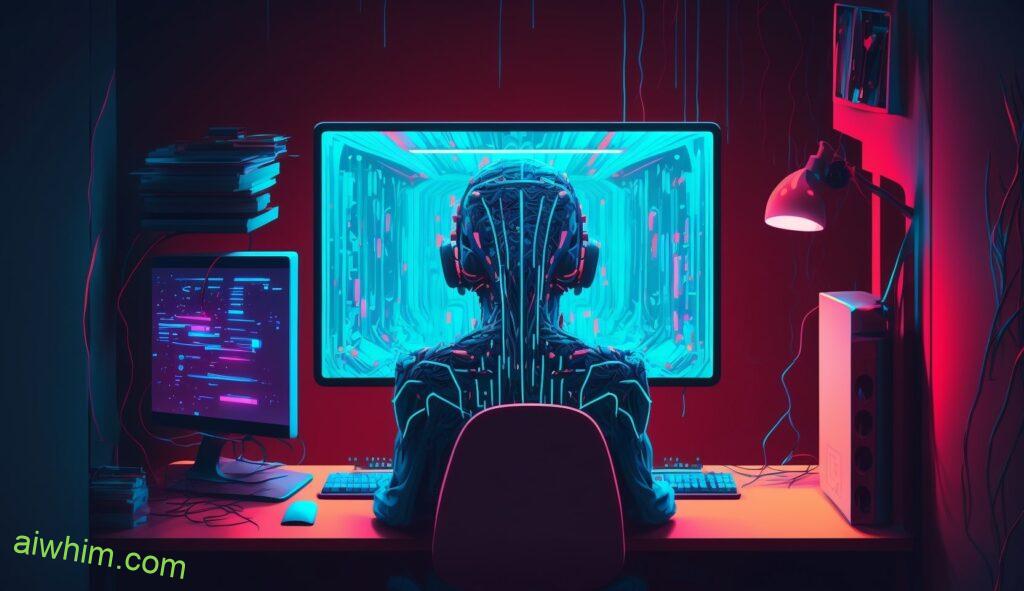
Regulations Around Artificial Intelligence In Photography
The debate over whether or not artificial intelligence (AI) can replace human photographers has been raging for years, with no clear resolution in sight. However, the recent rise of AI-based photography and its potential to disrupt the industry has necessitated a closer look at how governments around the world are responding to the changing landscape. Regulations pertaining to AI-powered photography have become increasingly relevant as this technology becomes more pervasive within our society.
At present, there is still considerable variation among countries when it comes to regulations concerning AI-photography. For example, some nations like China have passed laws that specifically target applications of AI in photography; these laws require companies using AI-driven technologies for image analysis and facial recognition to obtain permission from local authorities before being allowed to operate commercially. In other places such as Europe, existing legislation governing data protection and privacy rights applies equally to both machine learning algorithms used by digital services providers and traditional photo processing techniques employed by professional photographers alike.
Regulations regarding AI-photography will continue to evolve alongside advances in computer vision and related technologies. As we move into an era where machines are becoming evermore capable of performing tasks previously reserved exclusively for humans, legislators must keep pace with technological developments while also ensuring that fundamental human rights remain protected. The challenge now lies ahead of us: finding a way forward that allows us to reap the many benefits offered by automated systems without compromising on core ethical values – which may well be one of humanity’s most difficult tests yet!
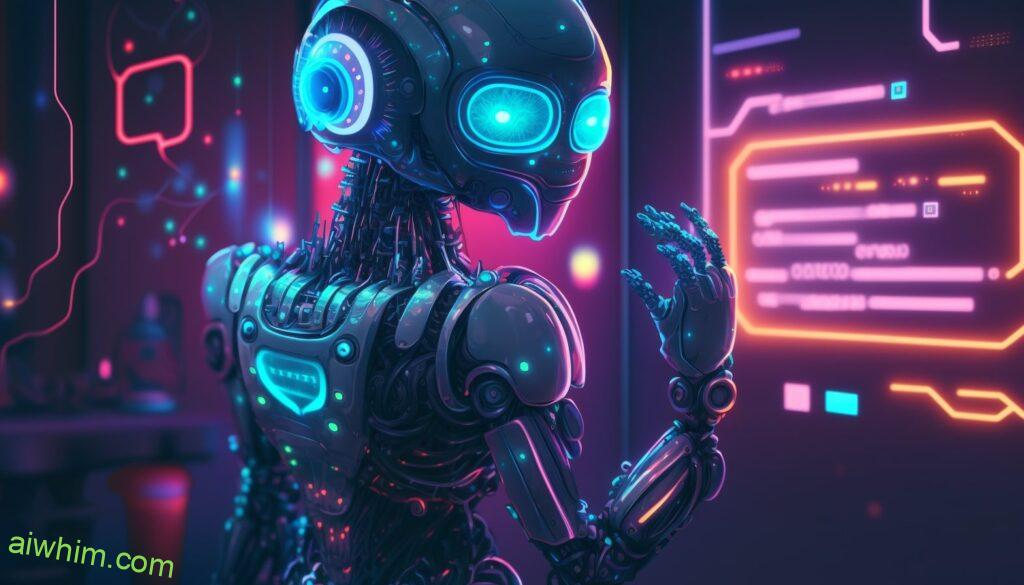
How Photographers Stay Relevant Amidst Competition From AI
As the photography industry sees an influx of AI-driven photography, photographers must stay ahead of the curve. They can do this by adapting their strategies to keep up with consumer preferences and emerging trends in automation.
Photographers should use machine learning technology to leverage automated processes for improving quality control and efficiency. This will help them stay competitive against machines that are designed specifically to take photos without human intervention. Additionally, it’s important for photographers to establish a strong presence on digital media platforms, as this is where customers tend to search for services these days. By investing time in building relationships with potential clients through social media outlets and other web-based channels, photographers can create brand loyalty and stand out from their competition.
Keeping abreast of new technologies also plays a key role in staying relevant amidst increasing competition from AI. Photographers need to be aware of any developments and advancements made in AI-driven photography so they can understand how best to apply them in their own workflows. Similarly, they should explore ways to combine traditional methods with new techniques such as computer vision or deep learning, which could open doors to unique projects and opportunities. Investing time into exploring different approaches might give photographers an edge over those who rely solely on conventional methods.

Advantages And Disadvantages Of Automation In Photography
It seems ironic that the art of photography, which has been around since cameras were invented in 1839, could be taken over by a machine. But with AI becoming more and more advanced everyday, it is possible to replace human photographers with computer algorithms and automation.
There are both advantages and drawbacks to using automation in the field of photography:
- Advantages:
- Automation can save time on mundane tasks like editing photos or sorting through large catalogs of images.
- It also allows for creative workflows that would otherwise be too complex or costly, such as creating virtual backgrounds for product photographs.
- Automation can help reduce costs associated with hiring professional photographers.
- Drawbacks:
- Automated tools are limited in their ability to capture unique perspectives that may require manual control from an experienced photographer.
- They lack the emotional intelligence necessary to recognize subtle nuances when photographing people or landscapes.
- Additionally, automated systems rely heavily on data sets which must be edited manually rather than intuitively.
Ultimately, automation will have far-reaching effects on the future of photography but its true impact remains unknown at this point in time. As technology continues to advance so does our understanding of how humans interact with machines within creative industries like photography; whether these advances end up replacing or augmenting traditional photographic roles remains to be seen.

Conclusion
It is clear that the use of AI-driven photography has both its advantages and disadvantages. On one hand, it could reduce costs for some businesses, but on the other, it threatens to replace the work of human photographers. If we think about this situation like a game of chess between an AI opponent and a human player, then the challenge for photographers is to find strategies that make their moves more effective than those of their artificial competitor. You can do this by staying up to date with regulations related to AI-driven photography, understanding what types of images are best suited for automation, and adhering to best practices when creating or editing images. By doing so, you will be able to stay competitive in an increasingly automated industry while also producing high quality content that stands out from the rest. After all, at the end of the day creativity still requires a human touch!
Author: Ole Paulson
Author Bio: I’m Ole and on this website, I share everything there is to know about Artificial Intelligence, and useful tips for using AI to our advantage. I have a background in data science and research and have been following the AI-space for years. You can read more about me in the “About” page.

